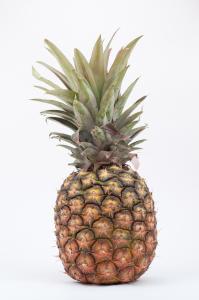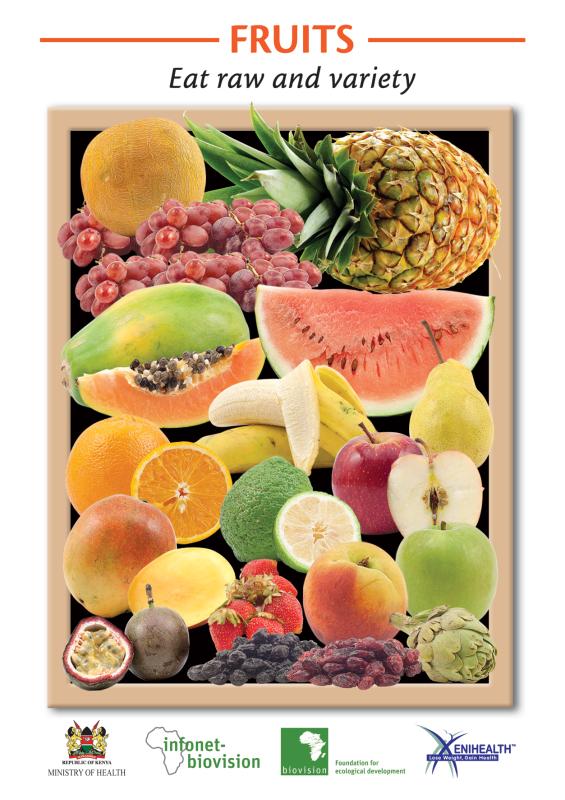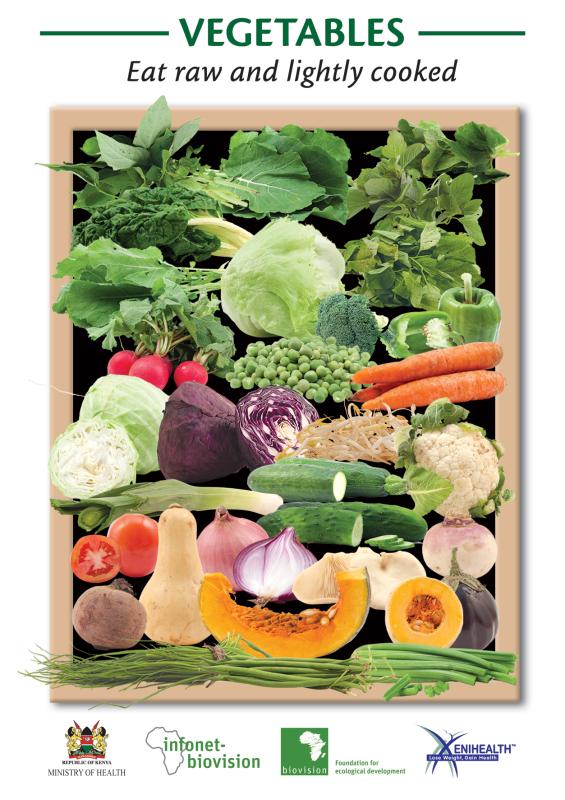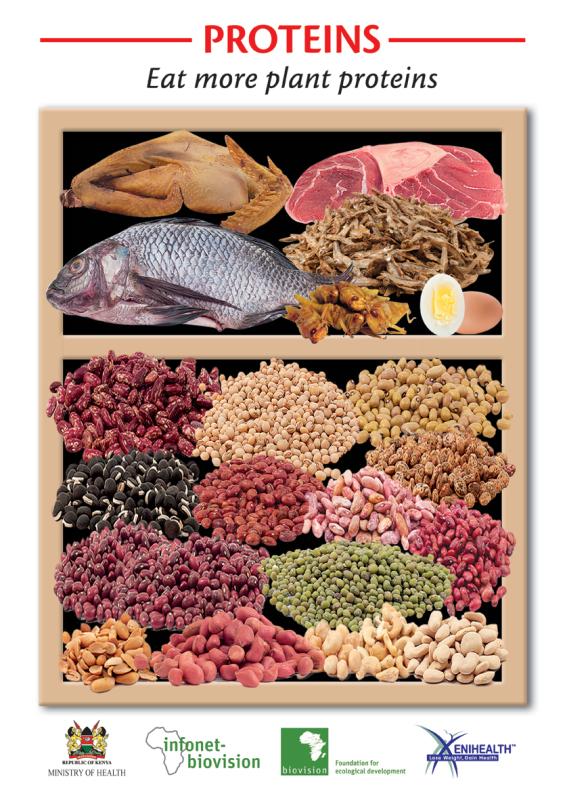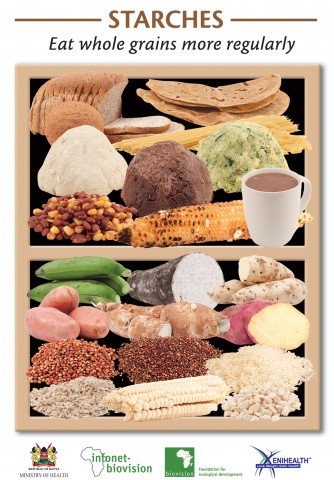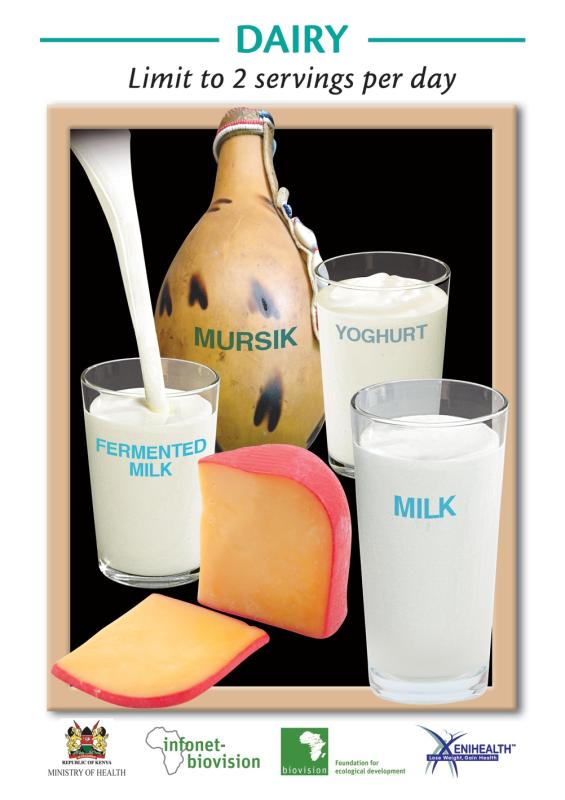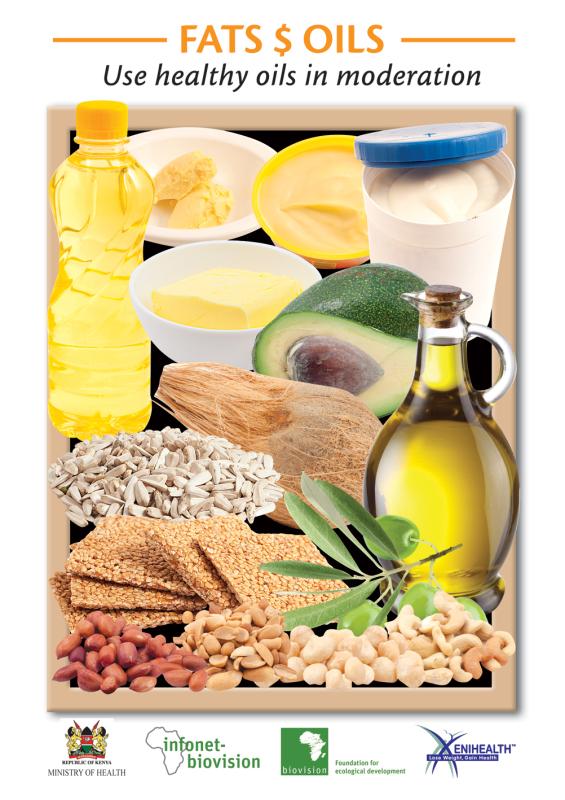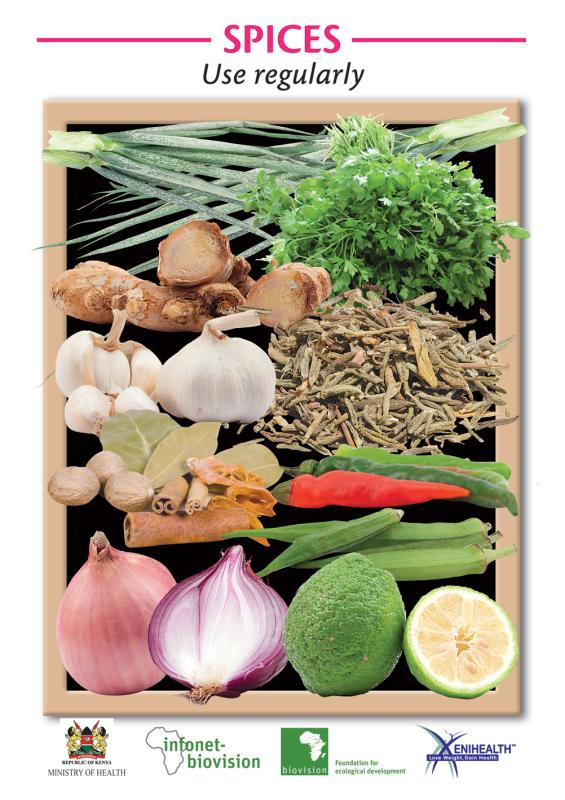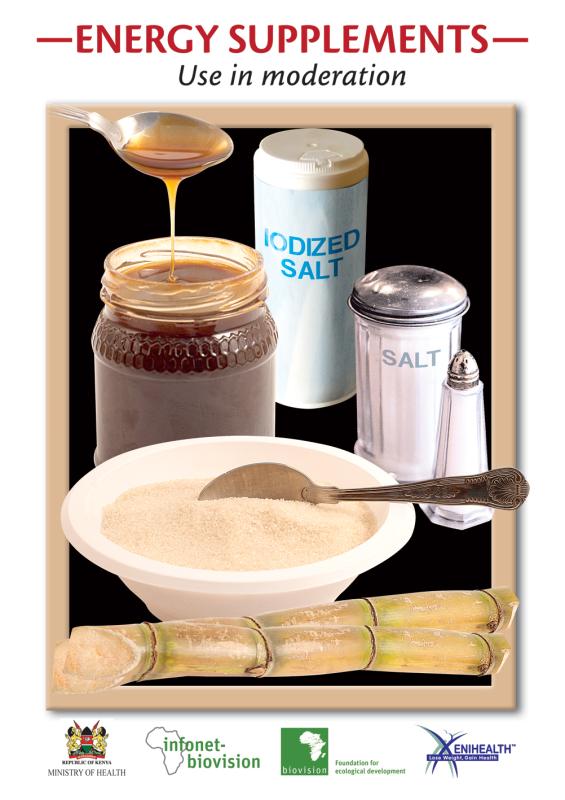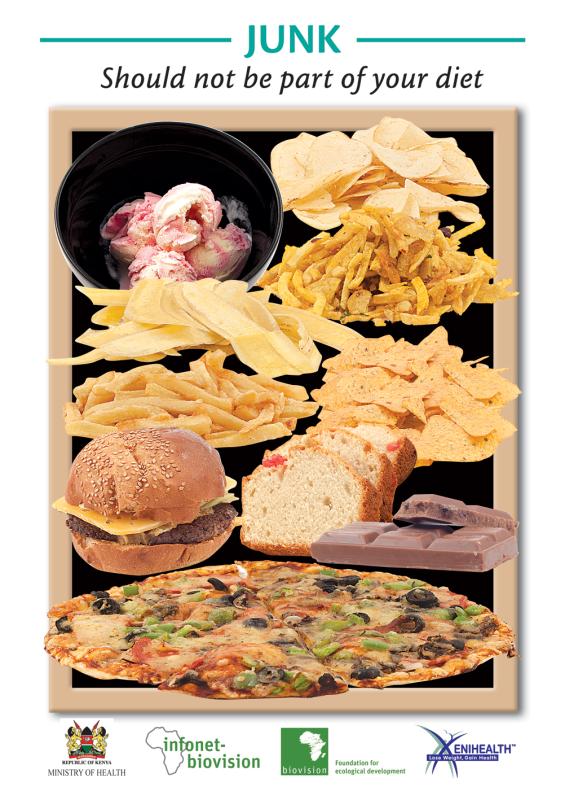Introduction
Contrary to popular beliefs, nutrition is not just about getting enough food to fill your belly. It is about getting in the right quantity and quality of food and water at appropriate intervals to allow for your body to function at its best. This is the so-called "Balanced Diet"....
Nutritional requirements vary with gender, age, daily activities, pregnancy/lactation and state of health of an individual. A 60 year old retired male who spends his days tending to his flowerbeds has a much lower nutrition requirement than a 16 year old lactating woman who works at a sand harvesting quarry.
When food is broken down, it releases energy and provides essential body building and protective -materials. Energy is measured in kilocalories or kilojoules. Different foods yield various amounts of energy (kilocalories) per gram consumed. This energy provides the body with heat and is used to allow body cells to work.
Different individuals have different daily energy requirements:

(Source: Davidson's Principles and Practice of Medicine, 19th Edition)
The following are the major food groups which we must ingest daily in order to maintain a happy healthy body.
Carbohydrates
Carbohydrates are the so-called primary energy giving foods. They are more easily and quickly digested and utilised than fats. Each gram of carbohydrates yields 4 kilocalories.
Sometimes carbohydrates are found in their simple form as sugars like glucose as found in sugarcane and its products or fructose as found in honey and fruits or lactose as found in milk.
Sometimes, they are in their complex forms as starches such as potatoes, maize, wheat, rice, oats, cassava, arrow roots, sweet potatoes.
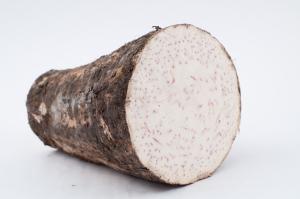 |
| Taro |
|
© Biovision
|
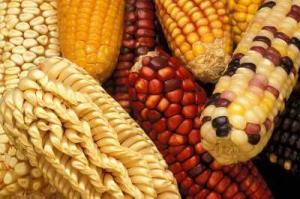 |
| Varieties of maize |
|
© Biovision
|
 |
| Sweet Potato |
|
© Biovision
|
Fats
Fats are a secondary source of energy. They are the way our body best likes to store energy. Each gram of fat ingested gives 9 kilocalories of energy. There are different types of fat. Those that are saturated (usually solid at room temperature) and unsaturated (liquid at room temperature).
Saturated fats tend to be from animal sources whilst unsaturated fats are usually plant in origin except for palm oil which has a high amount of saturated fats.
 |
| Monosaturated Fats |
|
|
Proteins
Proteins are mainly for body building and repair. They also give some energy. Each gram of protein gives 4 kilocalories of energy.
- Animal proteins: Beef, Mutton, Goat meat, Pork, Fish, Camel meat, Chicken and Eggs
- Plant proteins: Beans, Peas,Nuts, Mushrooms
 |
| Beef |
|
© Mukuhi Nganga, Kenya
|
 |
| Chicken |
|
© Mukuhi Nganga, Kenya
|
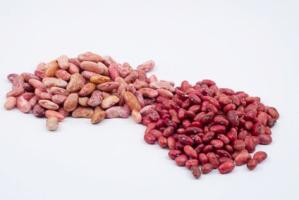 |
| Beans |
|
© Biovision
|
Vitamins and Minerals
Vitamins are organic substances which are essential for maintaining normal function of the body. The body cannot manufacture them for itself. These are normally denominated by letters of the alphabet: A, B, C, D, E and K. Fruits are particularly rich in vitamins especially vitamin C.
Vegetables are rich in both vitamins and minerals. They also contain lots of anti-oxidants which keep the cells of our body healthy.
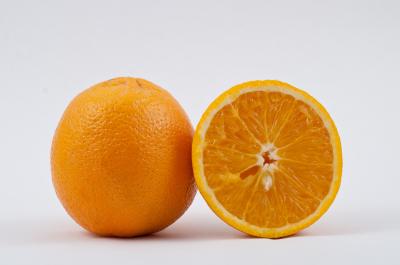 |
| Orange |
|
© Biovision
|
|
|
| Pineapple |
|
© Biovision |
 |
| Carrot |
|
© Biovision |
Minerals are inorganic substances also needed to maintain normal body function. The body cannot manufacture them and must out - source them. These include Calcium and Phosphorous in milk for strong bones and teeth, Iron for blood formation and Iodine added to table salt for normalthyroid function.
 |
| Milk |
|
© Biovision
|
 |
| Salt |
|
© Mukuhi Nganga, Kenya
|
Roughage
Roughage is the fibrous indigestible portion (insoluble fibre) of our diet essential to health of the digestive system. This includes bran, some whole grain cereals (opt for brown as opposed to refined white flour and rice), some fruit and vegetable seeds.
Water
About 60% of an adult's body is water . On average, one must take in about 1-2 litres of water a day to keep a healthy balance.
 |
| Water |
|
© Su Kahumbu, Kenya
|
NOTE: The grouping of these foods is based on their major component. Most food stuffs contain multiple things. For example, beans not only have protein, they also have carbohydrate, can be used for oil production, are rich in vitamin B and have inorganic elements such as iron.
Food pyramids of a healthy balanced diet
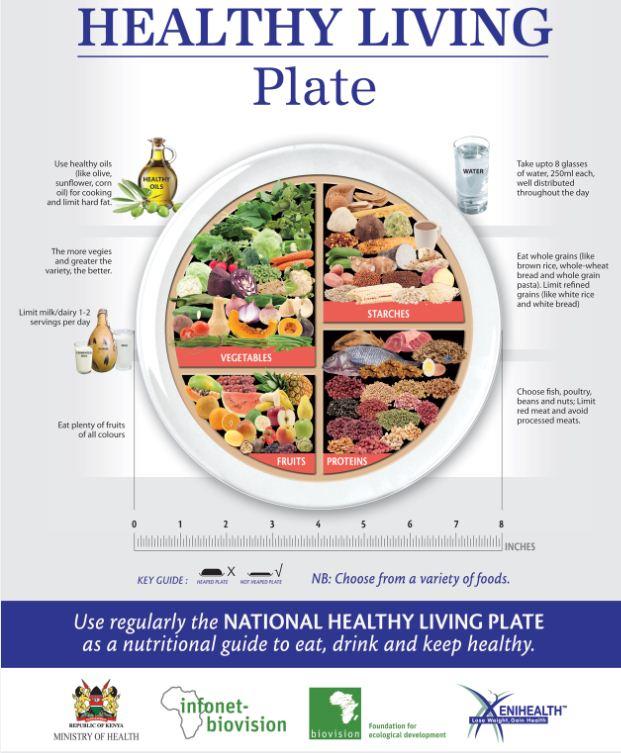 |
| Healthy Food Pyramid |
|
© Biovision
|
|
|
|
||||||
|
|
|
||||||
|
|
|
||||||
|
|
|
||||||
|
|
|
||||||
|
|
 |
| Dairy |
|
© USDA National Nutrient Database
|
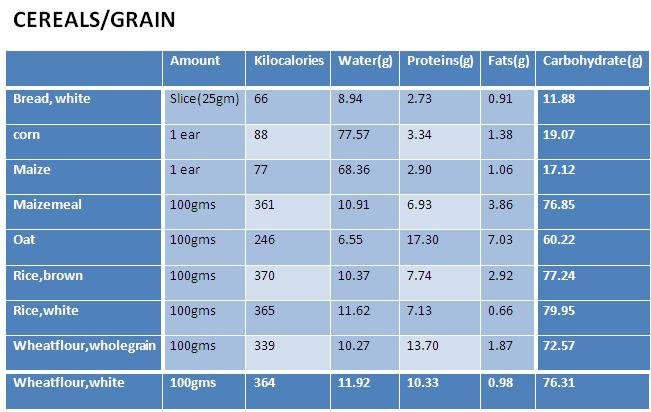 |
| Cereal/Grain |
|
© USDA National Nutrient Database
|
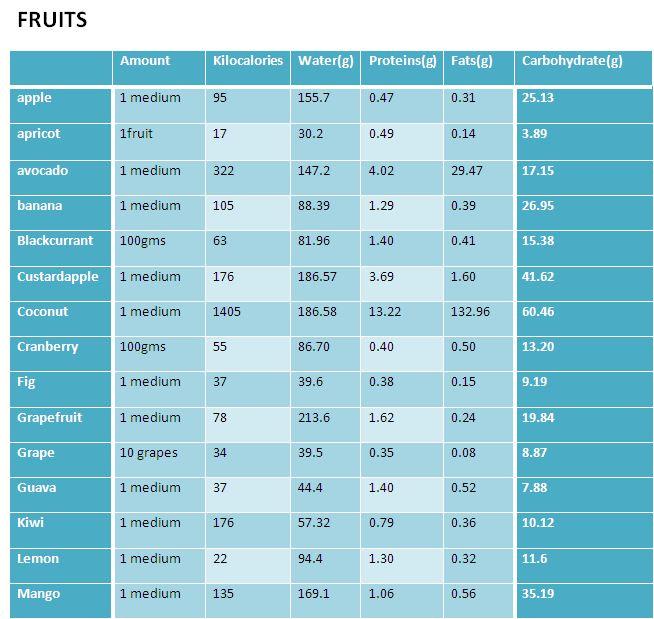 |
| Fruit |
|
© USDA National Nutrient Database
|
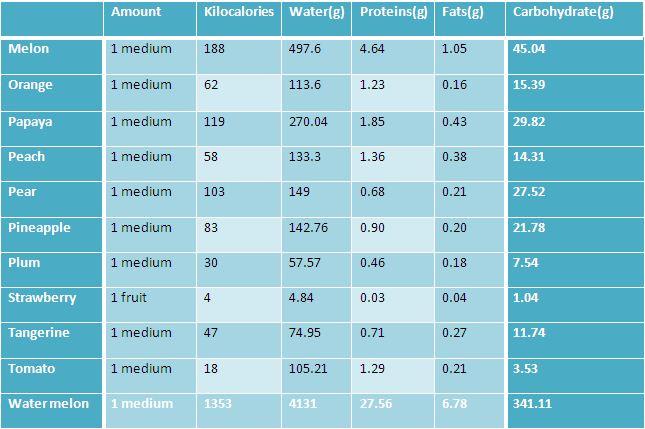 |
| Fruit |
|
© USDA National Nutrient Database
|
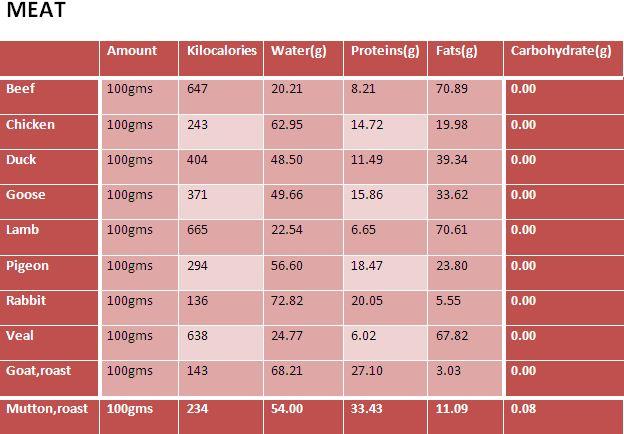 |
| Meat |
|
© USDA National Nutrient Database
|
 |
| Nuts |
|
© USDA National Nutrient Database
|
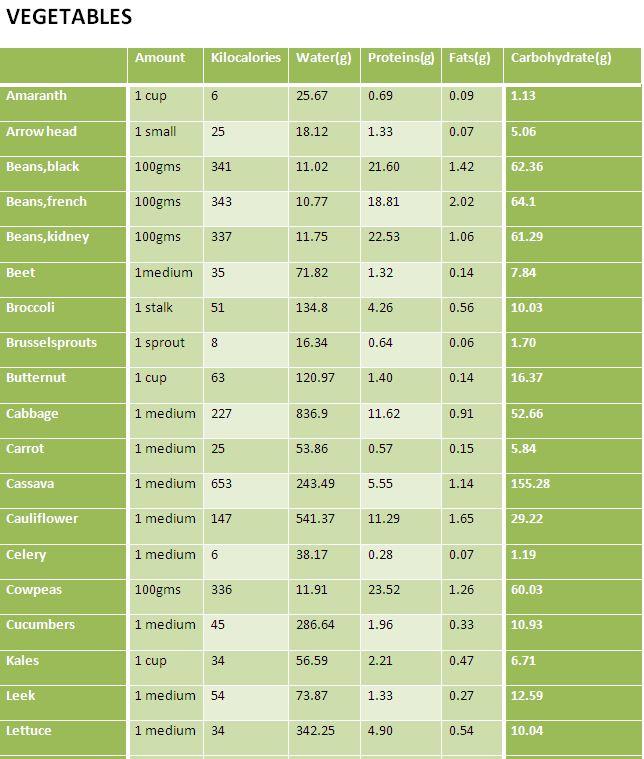 |
| Vegetables |
|
© USDA National Nutrient Database
|
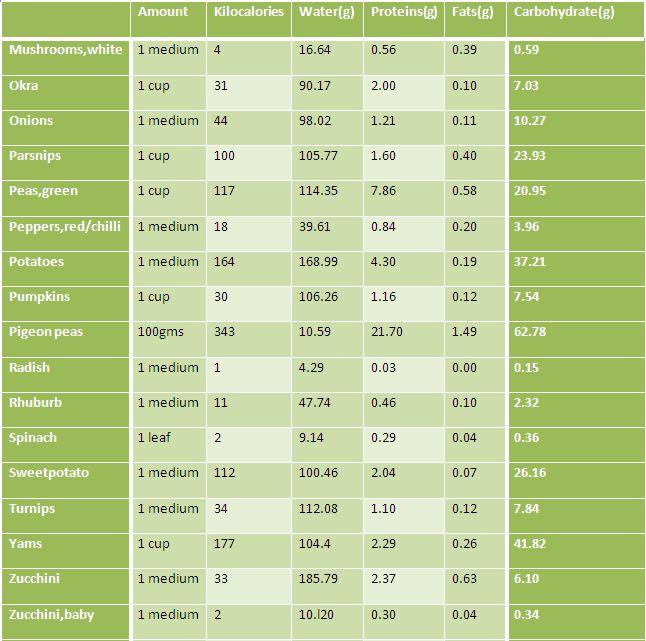 |
| Vegetables |
|
© USDA National Nutrient Database |
Sample diet plan for a week
This plan is both economical and uses locally available material. Do not forget lots of water (about 6-8 glasses per day)!
 |
Information Source Links
- Willett,W. C. M.D. & Skerrett, P. J.; (2005). The Nutrition Source, Department of Nutrition, Harvard School of Public Health, and Eat, Drink, and Be Healthy.
- U.S. Department of Agriculture, Agricultural Research Service. (2007). USDA National Nutrient Database for Standard Reference, Release 21. Nutrient Data Laboratory Home Page, www.ars.usda.gov

